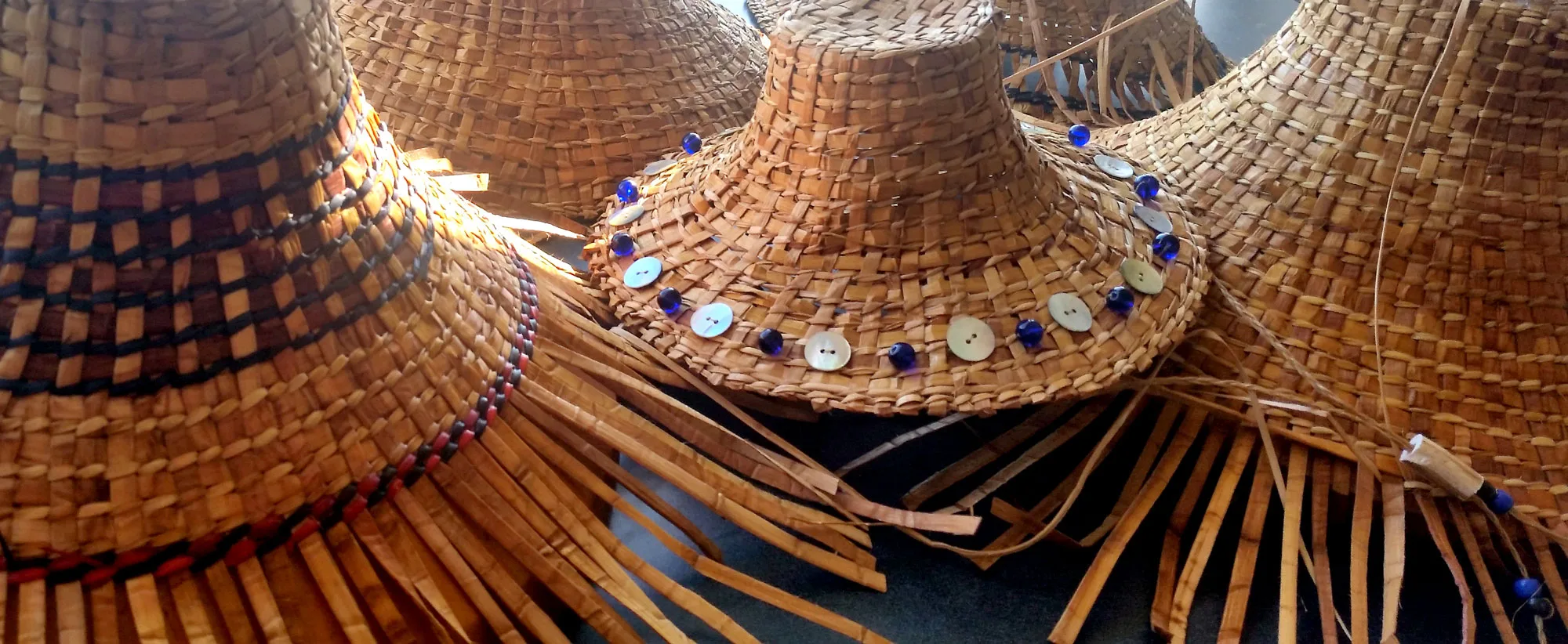Overview
Broad Desired Goal: To strengthen and protect Metlakatla’s continued participation in important cultural practices for future generations.
High Impact Management Action Strategy to Improve FSC Participation: This strategy focuses on highly effective actions, including new actions or programs that can provide members with the infrastructure and skills needed to participate in FSC. The strategy includes 3 prerequisite actions, 13 standard actions, 3 enhanced actions and 5 stringent actions.
Internal Implementation Pathway: Participation in FSC activity is specific to the Metlakatla First Nation and is internally managed by them.
Current Phase of Work: Pilot value, Phase 4 – Developing a management action strategy
Why was FSC activity chosen as a pilot value?
- Broad community support for FSC activity
- Major projects and activities impact Metlakatla’s ability to participate in FSC
- Integral to Metlakatla’s cultural identity
- Linked to all aspects of Metlakatla life
Indicators
The condition indicators for FSC activity are level of effort and youth participation rate. Participation in FSC activities can be affected by three key stressors: access (knowledge, resources and physical restrictions/closures), quality of experience and species abundance and quality. These stressors impact the willingness and ability of Metlakatla members to participate in the harvesting, processing and preparing of traditional foods and material.
- Level of effort: % of members participating 6-20 species-days/year or more in harvesting activities
- Youth participation rate: % of youth (15-24) participating in any FSC activities
Current Condition and Future Trend
Current Condition Results (2016)
- Level of Effort: 47% of members reported participating in harvesting activities 6-20 species-days/year or more
- Youth Participation Rate: 51% of youth respondents (aged 15-24) reported participating in any FSC activities in the past year
What We Know About FSC Activity (2016)

Top 3 Harvested Species
- All Respondents: Salmon, crab and halibut
- Youth Respondents: Salmon, berries and halibut
Knowledge Transfer

Barriers to FSC Participation

Future Trend
Currently there are no available forecasts for FSC activity in Metlakatla Territory or on the North Coast of BC. There are concerns that FSC participation will continue to decline based on current participation levels and current boat ownership among members. The 2016 Census data suggests that the current youth participation rates may not replace high-level adult participation rates in the future.
Cumulative Effects Management Regime
Broad Desired Goal
To strengthen and protect Metlakatla’s continued participation in important cultural practices for future generations.
Tiered Management Triggers
FSC Level of Effort:

FSC Youth Participation:

Management Action Strategy
High Impact Management Action Strategy to Improve FSC Participation: This strategy focuses on highly effective actions, including new actions or programs that can provide members with the infrastructure and skills needed to participate in FSC. The strategy includes 3 prerequisite actions, 13 standard actions, 3 enhanced actions and 5 stringent actions.
Examples of Management Actions:
- Stringent Action: Include a teaching component in the Food Fish program that teaches youth and other interested members harvesting knowledge and skills.
- Enhanced Action: Organize regular cultural harvest days in each season to teach members harvesting skills. Could focus on species that are easier to harvest.
- Standard Action: Create conservation-focused education programs for youth and other members to ensure that new harvesters understand the importance of conservation.
- Prerequisite Action: Talk to other First Nations that have strong FSC participation levels to find solutions and actions that might work for Metlakatla.
Implementation Challenges
- Closely Linked to Species Abundance and Quality: FSC activity is interconnected to many other Metlakatla values. The ability of Metlakatla members to participate in FSC activities depends on the abundance and quality of the resources themselves. Managing FSC activity will require monitoring the condition of key traditional resources.
- Requires New Programs: Improving FSC participation levels could require the implementation of new programs for youth and members. The proposed management actions are mostly low-cost and focused on education, outreach, and community-related activities, where all members could help organize and carry out the actions.

